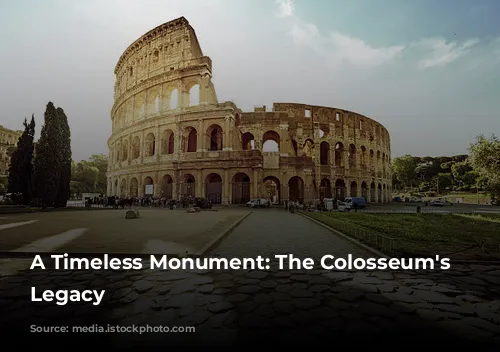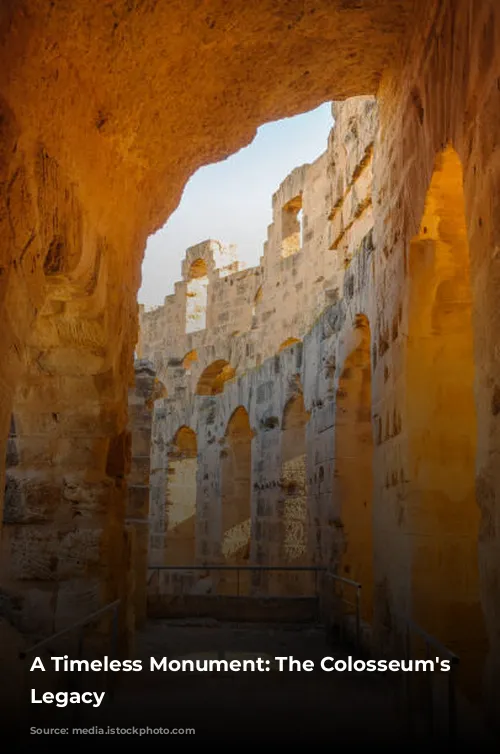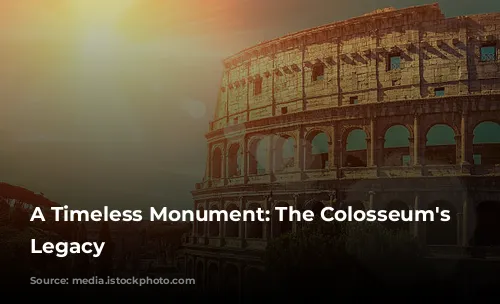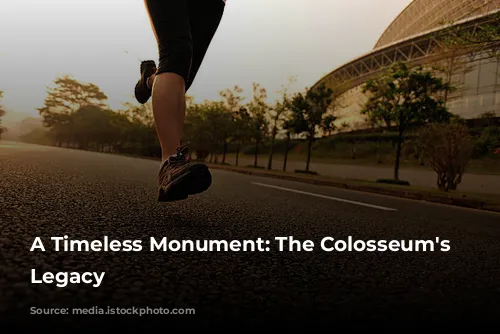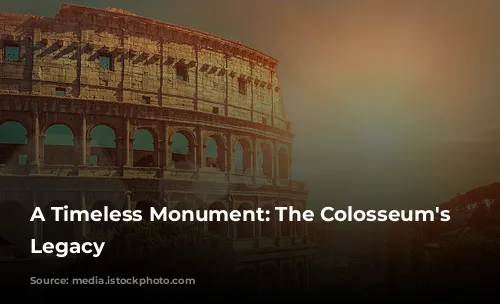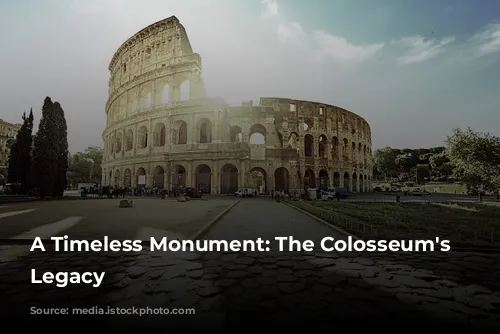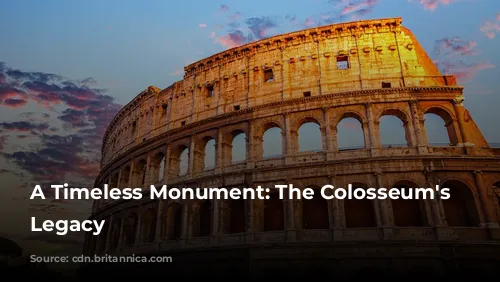The Colosseum stands as a testament to the architectural and engineering genius of ancient Rome, standing as one of the few largely intact structures from that era. Beyond its historical significance, it’s a major revenue generator for the Italian government. In 2018, the Colosseum, Roman Forum, and Palatine Hill collectively generated over $63.3 million (€53.8 million), making it Italy’s top tourist attraction. This remarkable site continues to captivate visitors from around the globe.
(This paragraph introduces the topic of the Colosseum and highlights its significance as a historical landmark and a major tourist attraction.)
From Glory to Neglect and Restoration
The Colosseum’s story, however, is not one of continuous triumph. Following the fall of the Western Roman Empire, it fell into a state of disrepair. During the 12th century, the Frangipane and Annibaldi families transformed the arena into their fortress. In the late 15th century, Pope Alexander VI authorized the use of the Colosseum as a quarry, stripping away its materials for other construction projects. This era of neglect lasted for over a millennium until state-funded restoration efforts began in the 1990s.
(This paragraph chronicles the Colosseum’s decline after the Roman Empire’s fall and its repurposing as a fortress and a quarry before restoration efforts began in the late 20th century.)
A Symbol of Imperial Power and Entertainment
The Colosseum’s construction was initiated by Emperor Vespasian between 70 and 72 CE, during a time when the Roman Empire sought to revitalize Rome after the tumultuous year of the four emperors (69 CE). Like other amphitheaters, the Colosseum was intended as a venue for entertainment, hosting thrilling events such as gladiator fights, animal hunts, and even mock naval battles.
(This paragraph explains the Colosseum’s origins as an entertainment venue during the Flavian dynasty’s reign.)
A Majestic Structure Built with Blood and Stone
The Colosseum’s construction was completed in 80 CE by Titus, Vespasian’s son and successor. The fourth story was later added by Emperor Domitian in 82 CE. This impressive structure was financed with spoils from Titus’s sacking of Jerusalem in 70 CE and was built by enslaved Jewish people from Judea, a grim reminder of the empire’s brutal conquests.
(This paragraph details the Colosseum’s construction process and its financing, revealing the darker side of the empire’s practices.)
A Monumental Masterpiece of Architecture and Engineering
The Colosseum is an elliptical amphitheater built with stone, concrete, and tuff, standing four stories tall at its highest point. Measuring 620 by 513 feet (189 by 156 meters), it could accommodate as many as 50,000 spectators. The Colosseum is renowned for its use in gladiatorial combat, where skilled fighters entertained the masses with their prowess and courage.
(This paragraph provides a detailed description of the Colosseum’s architectural features and its capacity, highlighting its significance as a venue for gladiatorial contests.)
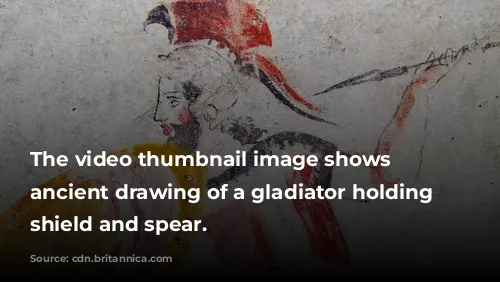
A Symbol of Power and Public Entertainment
The Colosseum, located just east of the Palatine Hill, was built on the site of Nero’s Golden House. The artificial lake that was the centerpiece of that opulent palace complex was drained, and the Colosseum was constructed in its place. This decision was as much symbolic as it was practical. Vespasian, who ascended to power from humble origins, chose to replace the tyrannical emperor’s private lake with a public amphitheater that could host tens of thousands of Romans, symbolizing a shift from a private, lavish lifestyle to one that prioritized the entertainment and unity of the populace.
(This paragraph explores the symbolic significance of the Colosseum’s location, demonstrating its replacement of Nero’s private domain with a public gathering space.)

A Monumental Engineering Feat
Unlike earlier amphitheaters, which were often built into hillsides for extra support, the Colosseum is a freestanding structure of stone and concrete. It employs a complex system of barrel vaults and groin vaults. The Colosseum’s facade features three stories encircled by arcades framed by engaged columns in the Doric, Ionic, and Corinthian orders, showcasing a rising arrangement of columns that became a foundational element of the Renaissance codification known as the assemblage of orders. The main structural framework and facade are made of travertine, the secondary walls are composed of volcanic tufa, and the inner bowl and arcade vaults are constructed of concrete.
(This paragraph delves into the Colosseum’s structural details, highlighting its innovative engineering techniques and the use of different materials in its construction.)
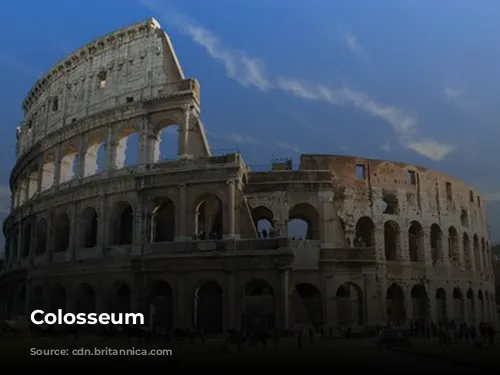
A Spectacular Setting for Public Spectacles
The Colosseum could accommodate approximately 50,000 spectators, who were sheltered from the sun by a massive retractable awning called a velarium. Supporting masts extended from corbels built into the Colosseum’s top story, and hundreds of Roman sailors were required to manipulate the rigging that extended and retracted the velarium. The Colosseum witnessed thousands of hand-to-hand combats between gladiators, contests between men and animals, and even larger-scale events, including mock naval battles. While there’s uncertainty surrounding the Colosseum’s involvement in the martyrdom of early Christians, it undoubtedly played a central role in the lives of ancient Romans.
(This paragraph explores the Colosseum’s capacity and its unique features, including the retractable awning and the diverse events it hosted.)
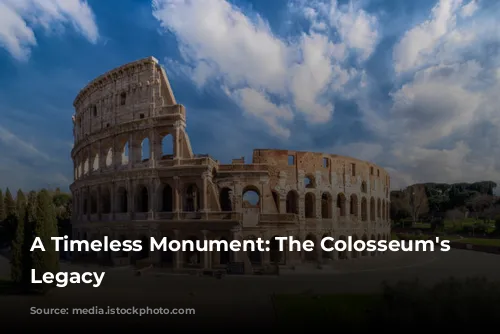
From Architectural Glory to Preservation and Modern Appreciation
During the medieval period, the Colosseum was used as a church and later as a fortress by the Frangipane and Annibaldi families. However, it suffered significant damage from lightning strikes, earthquakes, and vandalism. The once-magnificent marble seats and decorative materials were removed, and the Colosseum was treated as a quarry for over a thousand years. Serious preservation efforts began in the 19th century, with notable contributions by Pope Pius VIII. A large-scale restoration project was undertaken in the 1990s. Today, the Colosseum remains one of Rome’s most popular tourist destinations, attracting close to seven million visitors annually. Regularly changing exhibitions exploring the culture of ancient Rome add to the site’s appeal, ensuring that the Colosseum continues to inspire and fascinate visitors from around the globe.
(This paragraph chronicles the Colosseum’s gradual decline during the medieval period, followed by its revival through preservation efforts and its transformation into a major tourist destination.)
The Colosseum continues to be a compelling symbol of ancient Rome’s enduring legacy. Its grandeur, architectural mastery, and historical significance resonate with visitors from all walks of life, solidifying its position as a timeless monument.
